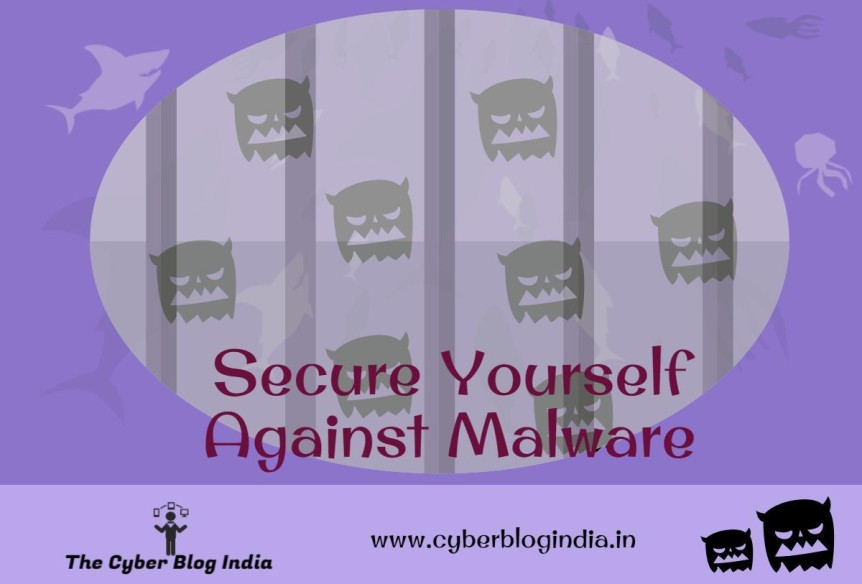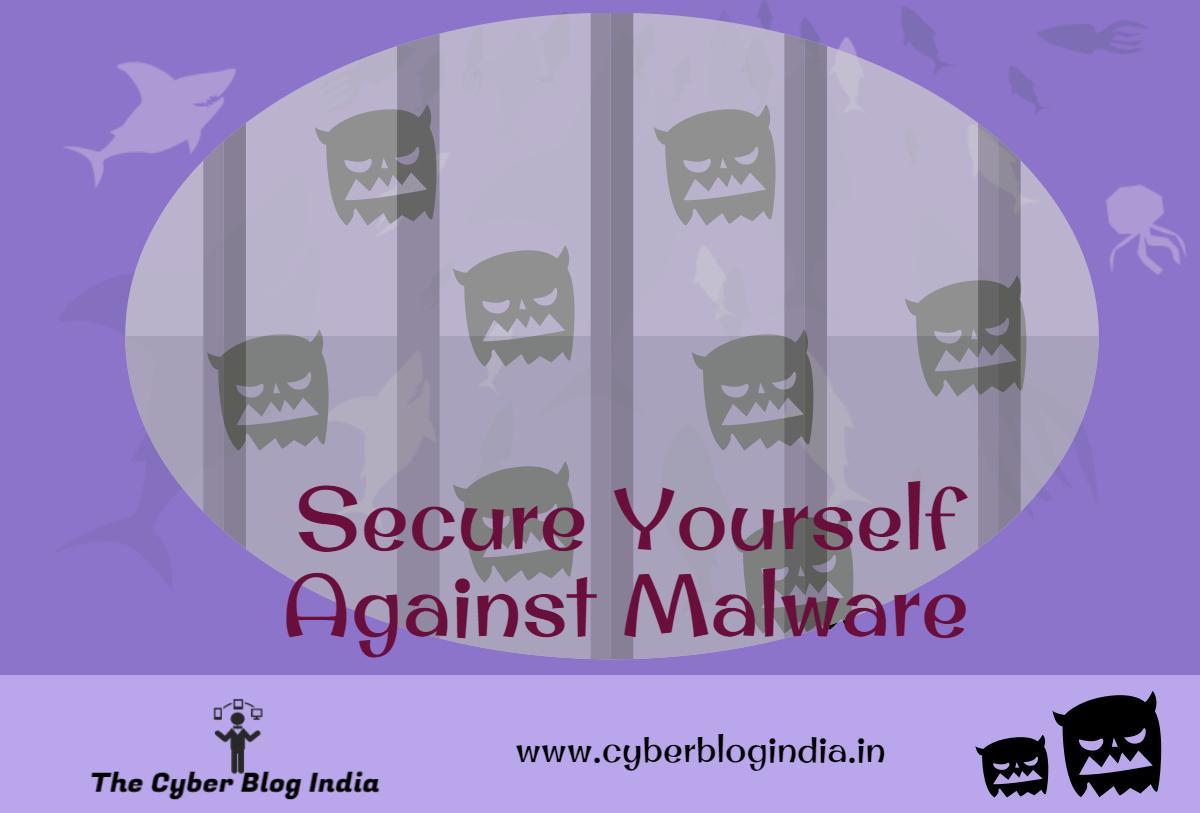Secure Yourself Against Malware

Malware is a silent killer. Most of us see them as something harmless. Moreover, the majority of the time we don’t even realise that it affects our system. This is so because its effects seem similar to that of a hardware malfunction.
So what exactly does it do?
Malware as the name suggests stands for “MALicious softWARE.” It is specially designed to reside silently on your system, gain access to it and steal sensitive data.
People are unable to distinguish between a virus and a malware. While our ears rise up in alarm on a virus notification on the system, we pay no heed or tend to act reluctantly on information about malware.
A virus is a subset of malware. Malware along with viruses encompasses spyware, worms, adware, trojans etc. Ransomware is one of the latest forms of malware that restricts you from accessing your system till you pay the fees.
How to detect malware in your system?
Unlike viruses, your antivirus software cannot detect all malware. It remains camouflaged in a very basic form right before your eyes. Here are just a few examples that may suggest that your PC has been compromised[1]:
- You may receive the error “Internet Explorer could not display the page” when attempting to access certain websites.
- Your web browser (e.g., Microsoft Internet Explorer, Mozilla Firefox, Google Chrome) freezes, hangs or is unresponsive.
- Your web browser’s default homepage is changed (eg. automatically directed to delta search, wise search etc.).
- Blocked access to security-related websites.
- You get redirected to web pages other than the one you intended to go to.
- You receive numerous web browser popup messages.
- Strange or unexpected toolbars appear at the top of your web browser.
- Your computer runs slower than usual.
- Your computer freezes, hangs or is unresponsive.
- There are new icons on your desktop that you do not recognise.
- Your computer restarts by itself (but not a restart caused by Windows Updates).
- You see unusual error messages (e.g., messages saying there are missing or corrupt file folders).
- You are unable to access the Control Panel, Task Manager, Registry Editor or Command Prompt.

How to prevent attacks from malware?
Prevention is better than cure. Ensure the following to keep malware at bay:
- Keep your anti-virus up to date and scan the system occasionally.
- Keep your System updated. Have the “automatic update” feature turned on.
- Do not click on ads or unnecessary links while surfing the web.
- Do not open emails which do not seem to be from a genuine source.
- Use personal firewalls. Most of the Windows systems have built-in firewalls turned on by default.
Despite the precautions, if you are still a victim of a malware attack do not take it lightly. There are free tools such as Malwarebytes anti-malware, RKILL, HitmanPro, AdwCleaner etc. which can help clean your system. For Windows users, Microsoft offers its own service which does a free security scan for you. You can also download the Microsoft Malicious Software Removal Tool which does the job of wiping away certain specific malware. Click here to read this post about Malware removal on Windows.
Always remember, an antivirus cannot protect you from malware. Likewise, anti-malware is not a replacement for antivirus software.
[1] http://malwaretips.com/blogs/malware-removal-guide-for-windows/
